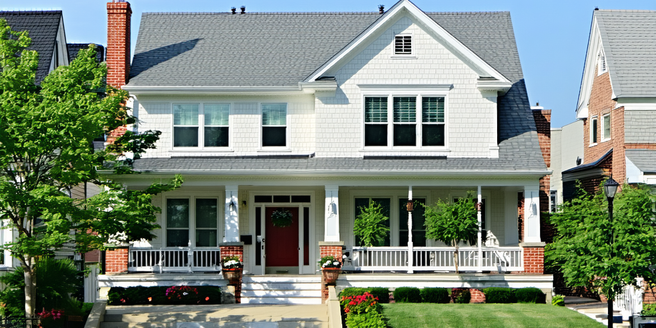Understanding Mixed-Income Developments
Mixed-income developments aim to integrate diverse income groups within a single community, providing affordability and diversity. They challenge economic stratification by offering different housing options for varying income levels, promoting social inclusion. These developments often combine market-rate units with affordable housing, subsidized by government incentives or private investments. The goal is to create vibrant neighborhoods where residents from different socioeconomic backgrounds can coexist, share amenities, and benefit from improved living conditions. However, developers must carefully balance the financial aspects and community needs to ensure long-term sustainability. Successful mixed-income developments require thoughtful planning, design, and management to foster an inclusive environment while addressing challenges such as maintaining quality and equity in the provision of facilities.
Balancing Financial Viability and Social Goals
Balancing financial viability and social goals in mixed-income developments is a complex challenge. Developers must ensure that the project is financially sustainable while achieving intended social outcomes, such as increased affordability and social integration. This often involves leveraging a mix of funding sources, including government subsidies, tax credits, and private investment. Additionally, developers must navigate regulatory requirements and community expectations to ensure the success of the project. Careful financial planning is crucial to cover costs and maintain profitability without compromising social objectives. Mixed-income developments frequently require cross-subsidization, where higher-income units support more affordable units. Developers must maintain a delicate equilibrium between maximizing revenue and providing affordable housing options, ensuring all socio-economic groups benefit. Continuous stakeholder engagement and transparent communication are essential to aligning financial and social objectives.
Addressing Community Resistance and NIMBYism
Addressing community resistance and NIMBYism is vital for the success of mixed-income developments. ‘Not In My Back Yard’ sentiments often arise from misconceptions about affordable housing and its impact on property values or neighborhood safety. Effective communication strategies, including community consultations and education, can mitigate these concerns. Involving local stakeholders early in the planning process fosters trust and transparency, allowing developers to address specific fears and tailor solutions. Highlighting the benefits of diverse communities, such as increased vibrancy and improved amenities, can shift perspectives. Developers should demonstrate their commitment to quality design and maintenance, alleviating fears about negative impacts. Creating partnerships with local organizations and using data to dispel myths are also critical in overcoming resistance.
Ensuring Equitable Access to Amenities
Ensuring equitable access to amenities in mixed-income developments is crucial for fostering inclusivity and social cohesion. All residents, regardless of their income levels, should have equal opportunities to enjoy community facilities such as parks, recreational areas, and community centers. Developers must carefully plan the distribution and accessibility of these amenities to prevent any form of segregation within the development. Prioritizing universally accessible design and considering the specific needs of diverse groups can help achieve this goal. Additionally, implementing community feedback mechanisms can ensure that resident voices are heard, addressing any disparities in amenity access. Equitable access promotes a sense of belonging and helps build a cohesive community where all members can thrive.
Overcoming Design and Planning Hurdles
Overcoming design and planning hurdles in mixed-income developments requires innovation and flexibility. Developers often face challenges in creating environments that cater to a wide demographic spectrum while maintaining an aesthetically pleasing and functional design. Regulatory constraints, zoning laws, and limited resources can complicate the planning process. Collaborative approaches involving architects, urban planners, and community stakeholders can lead to more effective solutions. Engaging local residents in the planning process can also provide valuable insights and foster a sense of community ownership. Developing mixed-use spaces, integrating public transportation, and promoting sustainable design principles can enhance livability. Overcoming these hurdles necessitates a balance between creative architecture and practical functionality, ensuring that diverse resident needs are met without compromising the overall vision and feasibility of the development.



